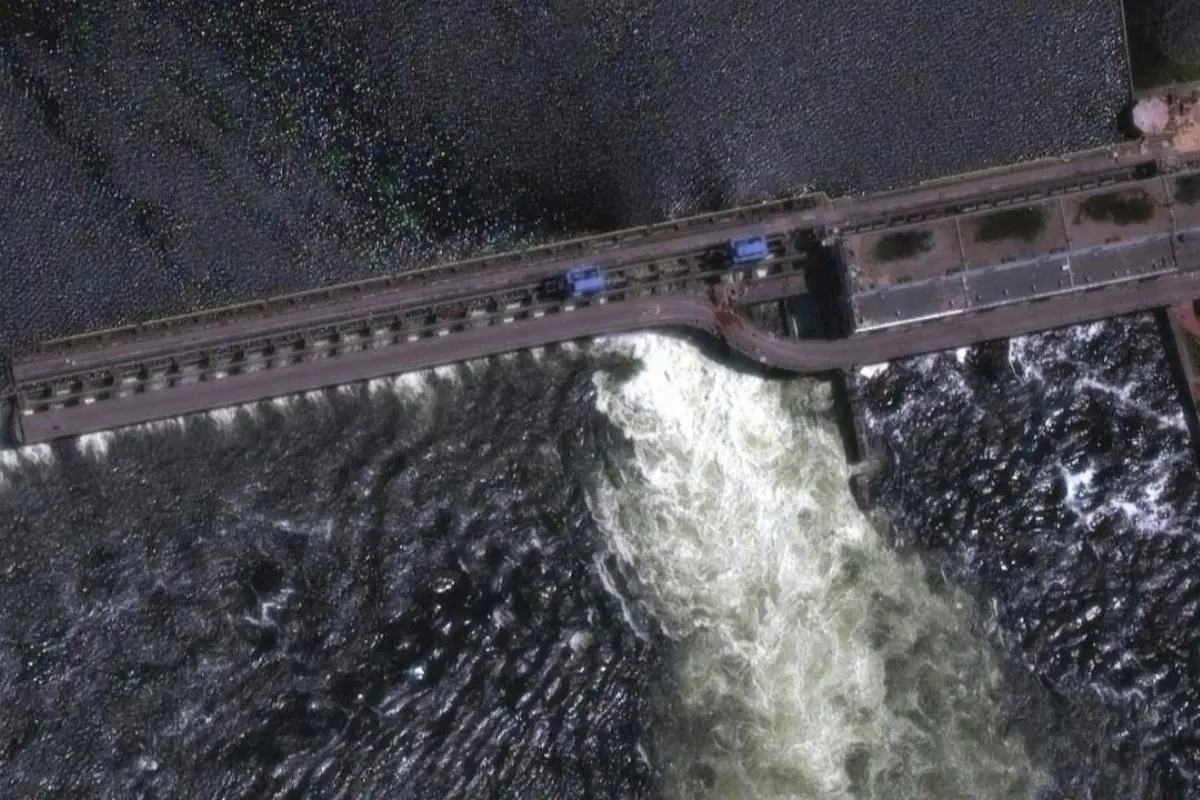
Do you want to access to this and other private contents?
Log in if you are a subscriber or click here to request service
Ukraine: incalculable damage to agriculture after Kakhovka
In the medium to long term, the destruction of the dam also risks international repercussions

According to the Ukrainian Ministry of Agriculture, 600 thousand hectares of agricultural land no longer have access to water for irrigation following the destruction of the Kakhovka dam on 6 June. Before the invasion in Ukraine, about 4 million tons of grain and oilseeds worth $1.5 billion (€1.4 billion) were harvested each year.Many farms were confiscated by the Russian army in almost one and a h...
lml - 32244
EFA News - European Food Agency
EFA News - European Food Agency